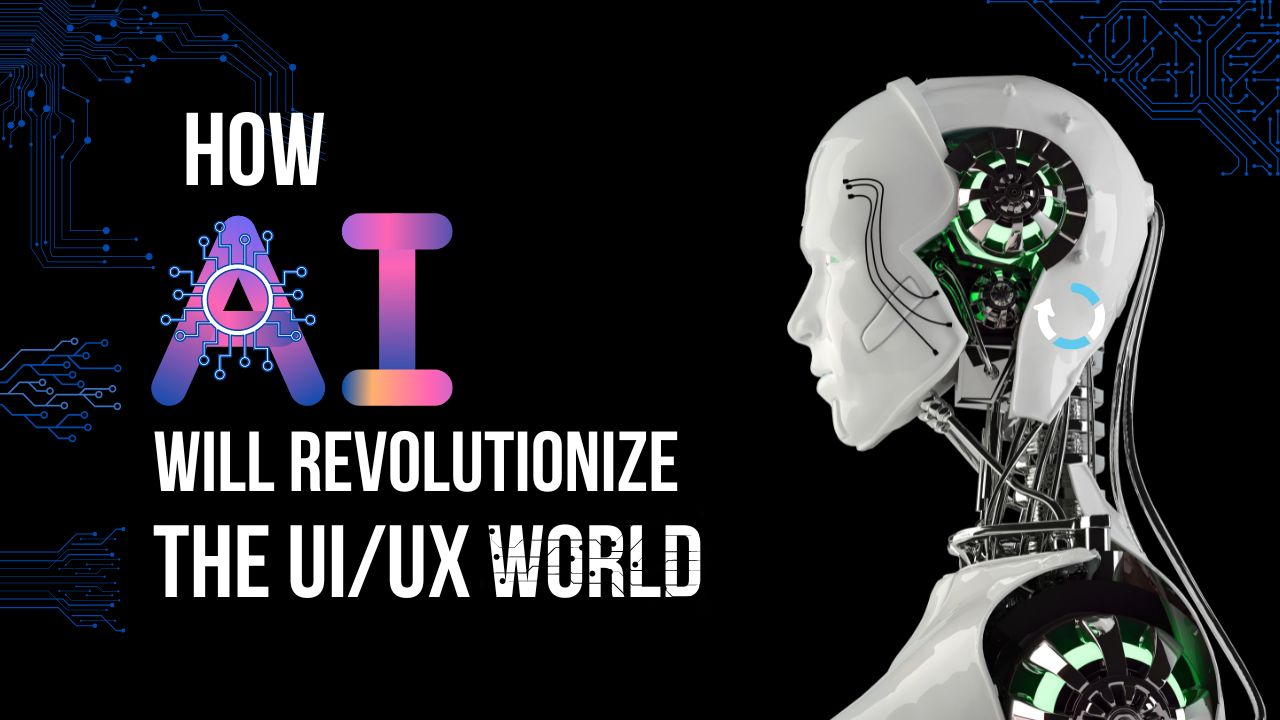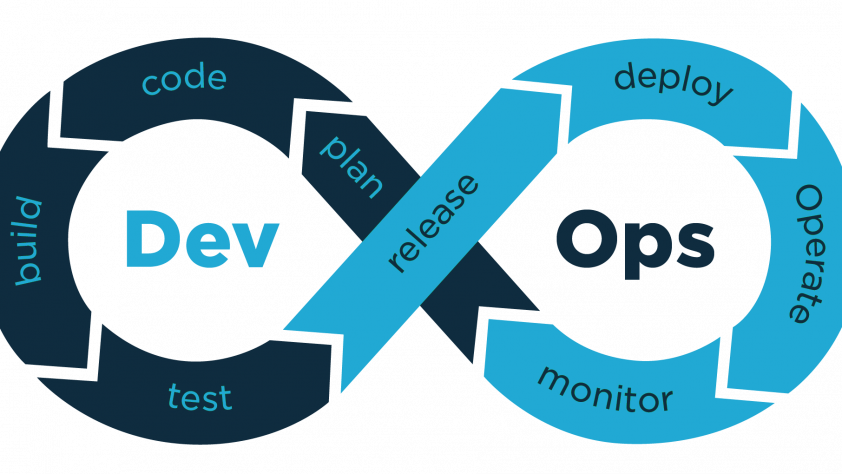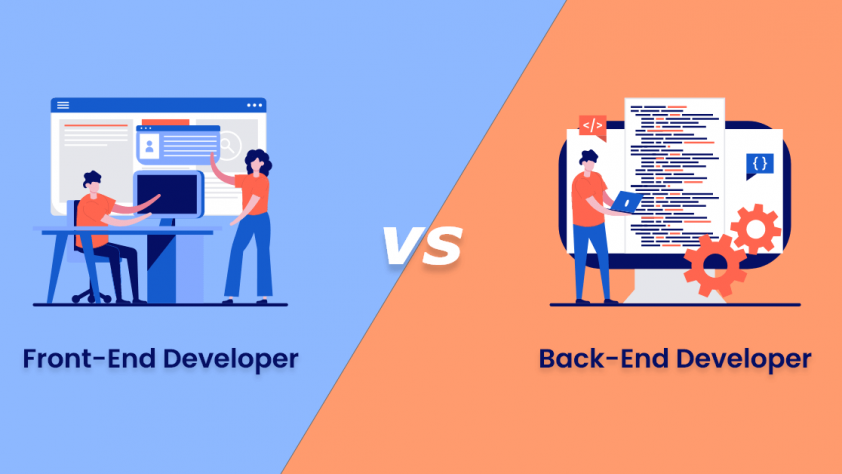User Experience (UX) design has evolved significantly in recent years, thanks to the integration of Artificial Intelligence (AI). This powerful combination is changing the way we create and interact with digital products, from websites to mobile apps. In this comprehensive guide, we’ll explore the profound impact of AI on UX design and how it’s shaping the future of user-centric digital experiences.
Understanding AI in UX Design
1. Personalization at Scale
AI enables hyper-personalization by analyzing user behavior and preferences. Through machine learning algorithms, UX designers can tailor content, layout, and features to individual users. This ensures that every interaction is relevant, increasing user engagement and satisfaction.
2. Data-Driven Decision Making
AI processes vast amounts of data quickly and accurately. Designers can use this data to inform their decisions, such as which features to prioritize or how to optimize user flows. AI-driven analytics tools provide actionable insights, making UX design more informed and effective.
3. Predictive User Behavior
AI can predict user actions based on historical data. This allows designers to anticipate user needs and provide proactive solutions. For example, chatbots can offer assistance before a user even asks a question, enhancing the overall user experience.
AI-Powered UX Design Tools
1. Content Generation
AI-driven content generation tools can create relevant and engaging copy, reducing the time and effort needed for content creation. This ensures that the content is not only user-friendly but also SEO-optimized.
2. Design Prototyping
AI-powered design prototyping tools use algorithms to generate design concepts based on user input. These tools assist designers in rapidly iterating and testing ideas, saving time in the design process.
3. Accessibility Enhancement
AI helps improve accessibility by automatically generating alt text for images, providing voice-guided navigation, and ensuring compatibility with screen readers. This ensures that digital products are inclusive and user-friendly for all.
The Role of AI in User Research
AI can streamline user research by automating tasks such as sentiment analysis, heatmaps, and A/B testing. This allows designers to gather valuable insights efficiently and make data-driven decisions to enhance the user experience.
Ethical Considerations in AI-Driven UX Design
While AI brings numerous benefits to UX design, ethical concerns must be addressed. Designers should be mindful of issues related to data privacy, bias in AI algorithms, and the potential for over-automation, which can lead to a loss of human touch in design.
The Future of UX Design with AI
As AI continues to evolve, the future of UX design holds exciting possibilities. We can expect:
- Hyper-Personalization: AI will become even better at tailoring experiences to individual users.
- Seamless Interactions: Natural language processing and gesture recognition will create more intuitive interfaces.
- Enhanced Creativity: AI-assisted design tools will amplify human creativity, not replace it.
Conclusion
The integration of AI into UX design has opened up new avenues for creating user-centric digital experiences. From personalization to data-driven decision-making, AI empowers designers to enhance usability and engagement. As we navigate this evolving landscape, it’s crucial to balance the benefits of AI with ethical considerations to ensure that technology continues to improve and enrich the user experience.
In the future, we can anticipate AI-driven UX design to push the boundaries of what’s possible, making digital interactions more intuitive, personalized, and enjoyable for users worldwide. Embracing AI in UX design is not just a trend; it’s a transformative force that is reshaping the way we design and experience digital products.



